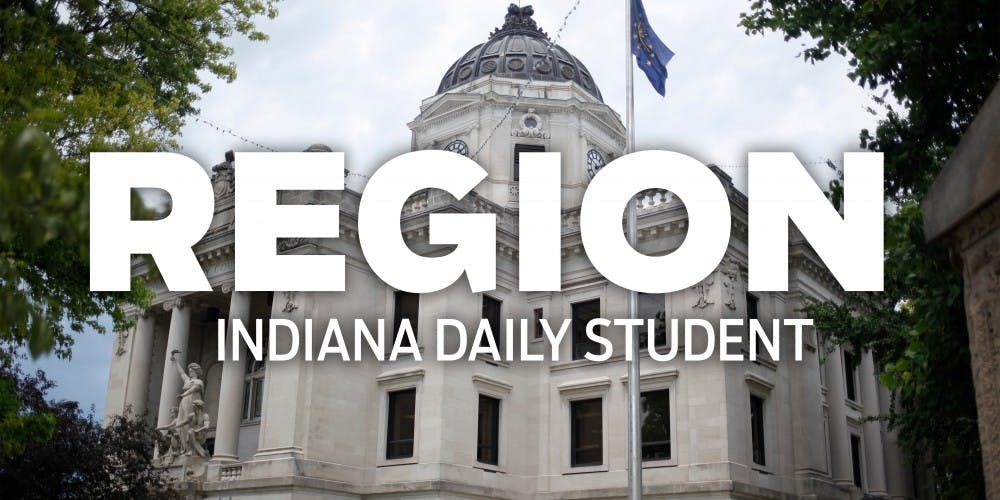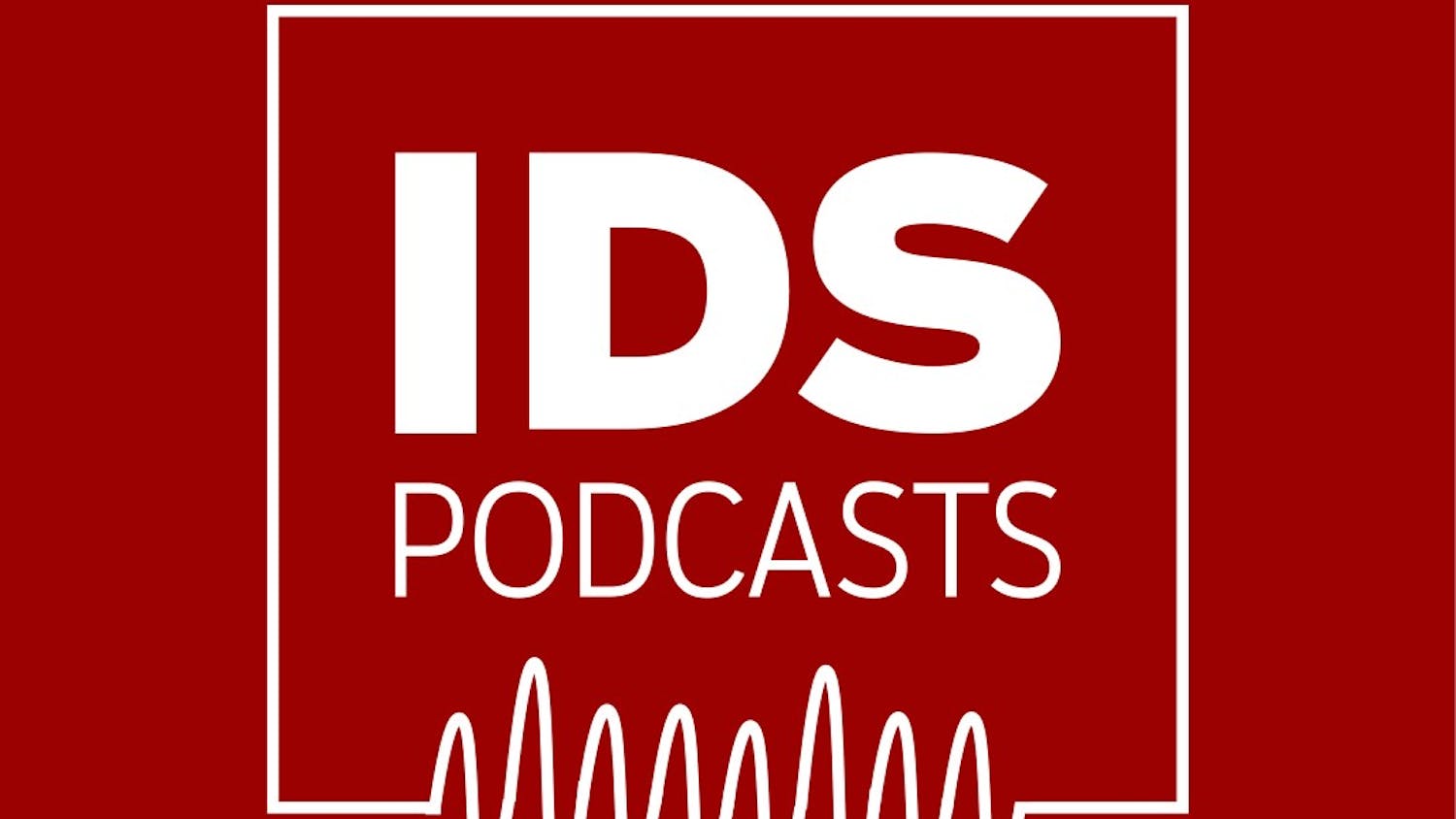Annually released data from the Indiana Department of Education sheds new light on the statewide voucher program and shows it saves the state money. This is a change from the rhetoric of years past, which represented vouchers as a cost.
School vouchers have recently been more widely discussed on the national stage thanks to new national education secretary Betsy DeVos, who has spent many years promoting vouchers and “school choice,” and President Trump, who has said at events before and after his election that he will more aggressively push voucher programs around the country.

Cathy Fuentes-Rohwer, chair of the Monroe County Coalition for Public Education, said this framing is misleading. If a student leaves a public school for a voucher program, the classroom they hypothetically leave will still have a teacher that needs to be paid. The building will still require the same amount of expenses for upkeep. It’s like removing bricks from public schools to use to build a new school, Fuentes-Rohwer said.
“It’s like a death by a thousand cuts, really, what vouchers and charters are doing to public education,” Fuentes-Rohwer said.
Information regarding the cost of the Indiana Choice Scholarship Program seems to be in constant dispute between those who support the program and those who do not.
In a change from reports under previous Democratic Superintendent Glenda Ritz, an opponent of charter schools, this year’s data does not include the choice special distribution calculation. This formula showed deficits from the program in past years — which cost the state $53 million in the 2015-16 school year and $40 million the year before — but school choice advocates say the calculation was flawed.
A spokesperson for the IDOE said the formula was outdated, and only took into consideration the original two pathways available for students to obtain a voucher. Now, he said, there are seven pathways.
The past formula was “not a true depiction” of the program’s costs, said Adam Baker from the DOE.
“Every year we adjust and grow,” he said. “We try to make it as concise and clear as possible for anybody reading it.”
Other data in the IDOE report showed that while the program continues to expand, it does so at a slower rate than previously. Currently, the 34,299 choice students make up 3.03 percent of statewide enrollment, a number up 0.14 percent from last year. This percentage had increased 0.29 percent between last school year and the year before.
Indiana’s voucher program is the largest in the country, said Jennifer Wagner, a spokesperson for EdChoice, a national scholarship program headquartered in Indianapolis.
The annual report is important for legislators, who have the power to expand vouchers in the state, Baker said.
A current bill would do just that, if passed. House Bill 1004 mainly focuses on bolstering the state’s pre-K pilot grant program, but it also contains a provision to add another pathway to vouchers.
Many public school advocates, such as Fuentes-Rohwer, are angry about the voucher provision.
Teresa Meredith, president of the Indiana State Teachers Association, said it’s harmful to add a pathway to vouchers for preschoolers because then they “never ever give their local school a chance.”
“It blurs the conversation,” she said of the voucher addition to the pre-K pilot expansion bill.
Meredith said one thing she wants to see addressed is discrimination that happens at schools that accept vouchers.
She said there have been cases where voucher-accepting schools can turn away a student based on behavioral issues or special needs, but conversation on the topic is always sidestepped.
“I’ve not heard anybody talk about it,” she said. “When I bring it up, people don’t really want to go there.”
The new IDOE report, along with EdChoice’s website, also delineates requirements students must meet in order to be eligible for the scholarship, and all seven potential pathways to vouchers. Baker said the IDOE does not necessarily advocate for students to use school choice programs, but they do want to make the information clear and readily available for potentially interested parents.
One thing that sets Indiana’s voucher program apart from other states’ programs is that once a student qualifies for the scholarship, they will automatically receive it, Wagner said. There is no cap.
But Fuentes-Rohwer said while the voucher program itself may not discriminate against certain students, the schools that accept the vouchers may be able to, even if that discrimination is implicit.
Anyone who’s eligible can receive a voucher, she said. But that doesn’t mean every family with a voucher has the means to counter the rest of the hefty tuition costs or to make the long drives to send their child to a school of choice.
Taking the kids who can afford it and putting them in choice schools doesn’t help the kids stuck back at public schools, Fuentes-Rohwer said.
“Parents are not necessarily asking for choice,” she said. “We’re asking for really excellent schools for our kids.”




